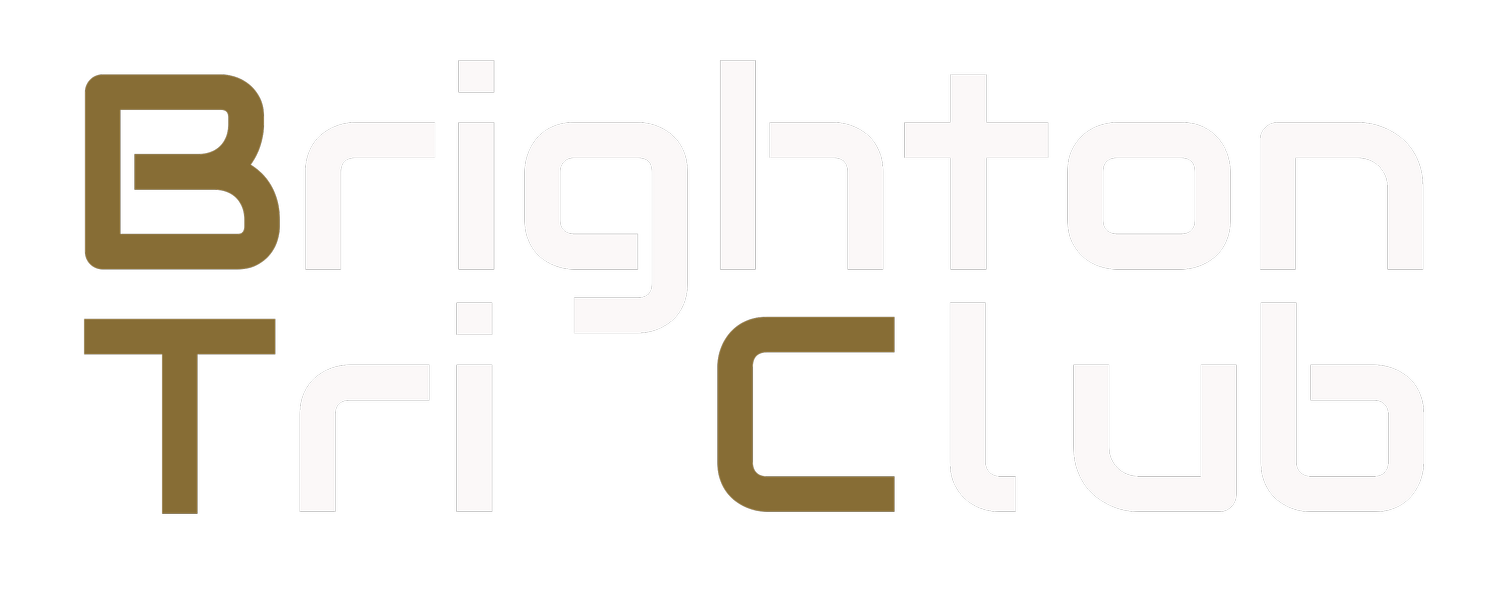Pick a Plan
/By Ian McLaren
As the plan to leave lockdown and return to normal gains momentum, the chance of doing some racing goes up. Soon you’ll be able to wake up after a night of drinking and peer pressure that resulted in entering an Ironman/ultra-marathon/cross channel swim again.
Depending on who you are and what your goal for the race is, your training plan might be similar to the one that got you to enter: have five pints with your curry the night before the race. For others the journey is as important as the destination, so the training is going to be 12 months of obsessing over spreadsheets and Strava. Getting the right race plan is as individual as getting the right pair of shoes and depends entirely on what your goal is, how long you have to train, how often you can train and where your current base fitness is.
If you’re doing your first Ironman distance race, and your goal is just to finish, then the focus of your plan will be to increase your endurance between the plan start and race day. Alternatively, you may be training regularly and want a parkrun Personal Best (PB), so the training will be more focused on building speed than endurance.
The easiest way to get the right plan is to have a coach write one for you. But not everyone wants to pay for a personal coach, so they hit the Internet and find one of the many plans out there. It sounds simple…just follow the plan and on to victory, right? Not quite. If you pick one that isn’t right for you, it can be really good for physios’ business. So how do you find a plan that’s right for you?
4 Questions to Answer Before Choosing a Training Plan
How fit are you currently?
If you currently run three times a week for a maximum of 5km per run, a marathon training plan that has you running five times a week with a 20km run in the first week will last about two weeks before you get injured. The rest of your training program will then follow a downward spiral of injury, comebacks, breaking down again, trying to catchup on lost training, getting injured from trying to catchup, followed by a race you aren’t prepared for and a long layoff afterwards.
If you aren’t currently training at the level that matches the first week of training in your plan, then you’ll need a training plan just to get you to Week One. Similar to winter training, slowly racking up the miles and increasing distance gradually is the best strategy here, so your body has plenty of time to adapt.
How often can you train?
Life often gets in the way of being the full-time, elite athletes that we want to be. Work expects you to actually do something to earn money rather than just putting their logo on your trisuit.
If you’re only going to get to train four times a week, don’t pick a plan that has more sessions as you’ll just end up stressed and frustrated. At the same time, if you’re training more than your plan, watch out for overloading. This is a challenge for triathletes who are training for a marathon, while still also cycling and swimming.
If you can train the number of times a week the training plan requires, but you aren’t currently, then it brings us back to the earlier point—you need a pre-training plan to build up to Week One.
How long until race day?
This goes hand-in-hand with how fit you currently are. For endurance races, a long training period will allow enough time to build endurance and add in speed work. A short training period may only leave enough time to build endurance.
What is your goal?
Is it to finish, or to smash out a PB? Do you have a target time to train to? Generally the faster the target time, the bigger the training commitment and the harder the training will need to be.
Goals should be aspirational; there’s a lot of satisfaction in achieving something that you didn’t think you could do. But they should also be achievable, so you don’t get disheartened when you can’t break 2 hours for a marathon.
When you start looking at training plans, your goal might be to qualify for Ironman Kona. But once you’ve looked at the training requirements to get to that goal, you may realise it isn’t realistic. It’s always worth revisiting your goals as training progresses, to make sure they’re are still realistic based on how the training has gone.
Personally I always give myself a range of goals based on gold, silver, bronze and finishing. The gold target is always a stretch goal for everything going to plan, silver is the more realistic target allowing for training disruption, bronze is still achieving an aim, and finally, just making it to the start line and finishing a race is always a victory. To give an example of targets I have used for a marathon: Bronze is a PB, silver is 2 mins faster than PB and gold is 5 mins faster.
Above all else, the most important thing to remember is to not get totally hung up on a plan. If you miss a session, relax and don’t injure yourself trying to catch up. If you miss multiple sessions, replan. If you’re finding it too easy, revisit your goals. Training is a journey, which can be more interesting than the destination, so get out and enjoy it.

